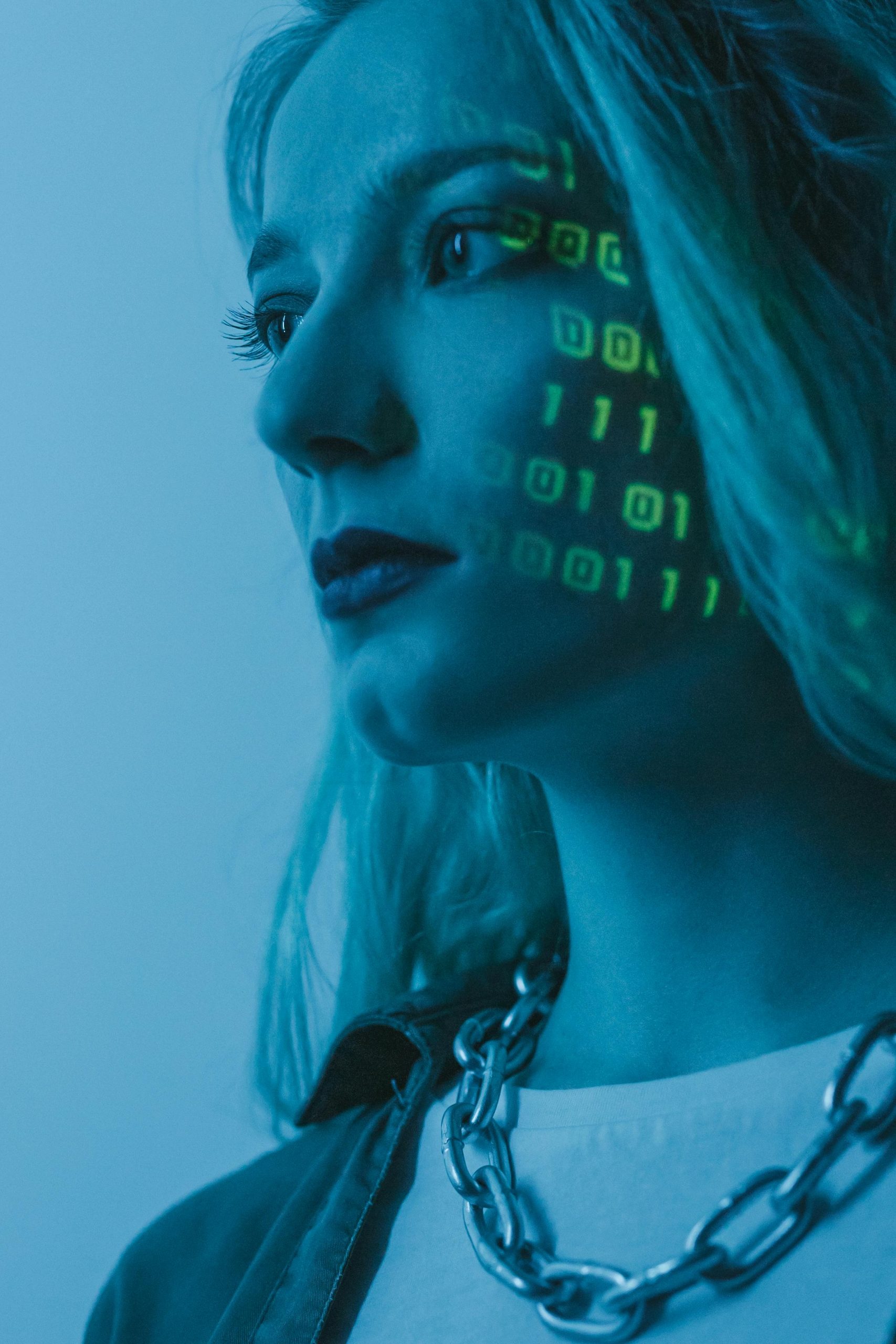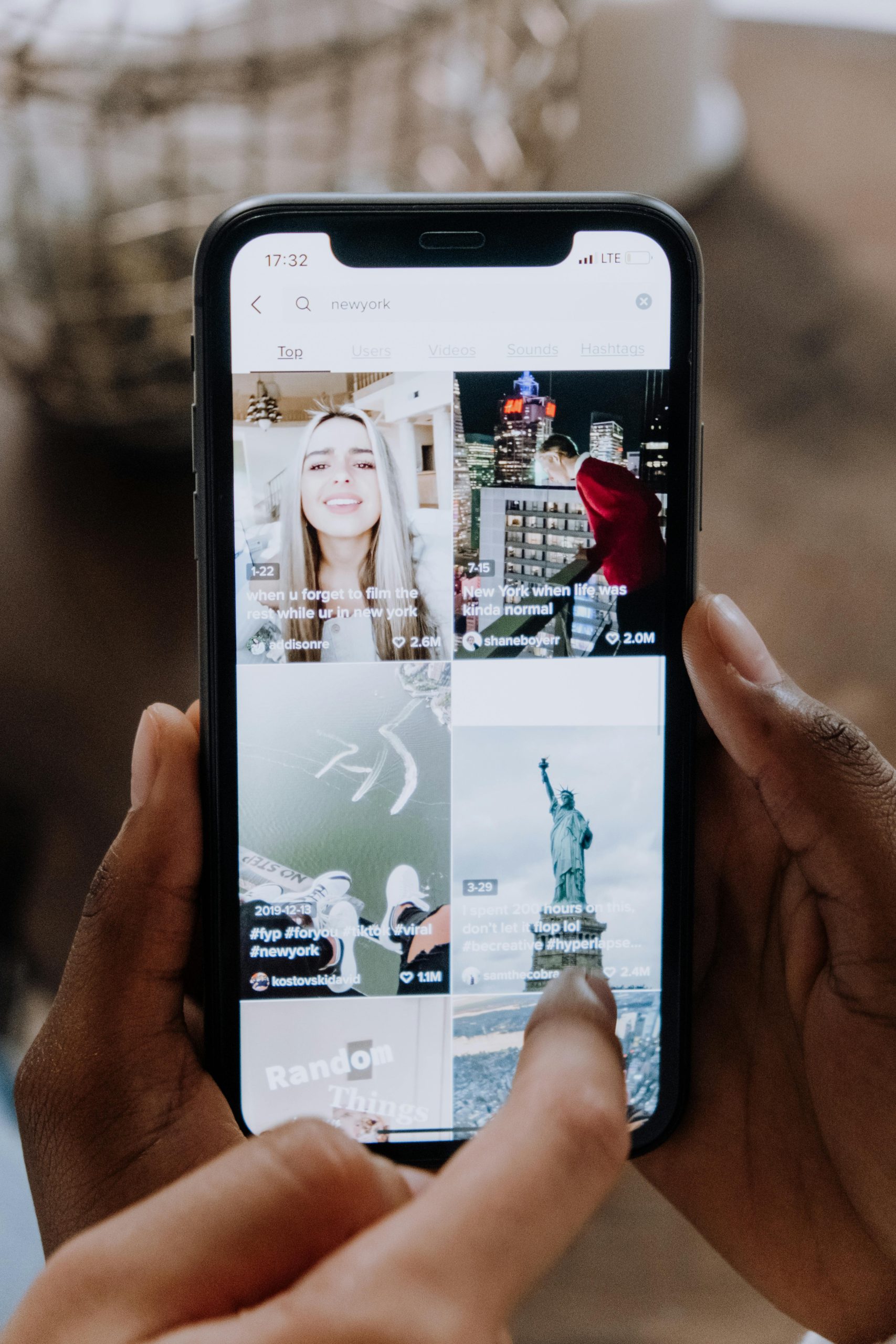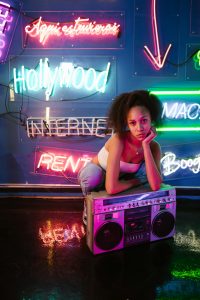Theory: the honeymoon and backlash cycle of AI and what it says about us
The Cycle of Admiration and Skepticism in AI: A Reflection on Our Relationship with Technology
In recent months, I’ve observed a fascinating trend concerning the emergence of generative AI models—whether they create text, images, music, or any form of art. It seems that every new advancement follows a predictable pattern that speaks volumes about our relationship with technology.
Initially, we enter what can be described as a “honeymoon phase.” The capabilities of these AI systems often leave us in awe. We marvel at how convincingly they mimic human creativity, with some declaring that we’ve reached a remarkable new frontier in artistic expression.
However, this euphoric response is typically short-lived. Within days or weeks, as we engage more deeply with the technology, we begin to notice subtle yet telling signs that reveal its artificial nature. Whether it’s a peculiar choice of phrasing, an odd tonal inflection, or a disquieting symmetry, these markers begin to stand out. Once we become adept at identifying these patterns, the enchantment fades, often giving way to skepticism. We transition from exclamations of admiration to critical dissection, labeling these creations as “soulless” and mechanical.
What intrigues me is the speed with which we adapt our understanding of these AI-generated works. It’s as if we’re developing a new form of cultural literacy—an ability to recognize the nuances that distinguish machine-generated content from that of human artisans. Once we gain this insight, we frequently prefer human creations, even when they may lack technical perfection, over polished yet impersonal outputs.
This cyclical trend provokes contemplation about the future of AI in creative fields. While it’s clear that initial impressiveness draws us in, the moment its style becomes recognizable, its allure diminishes. If this pattern continues, it suggests that AI is unlikely to supplant human creativity in essential ways. Instead, we might see it serve as a tool that supports, enhances, and remixes human artistry. Ultimately, the narratives behind creations—the desire for genuine authorship, the intent embedded in each piece, and even the beauty found in imperfection—are what resonate most profoundly with us.
I would love to hear your thoughts on this cycle. Just to share, I used ChatGPT to help draft these observations, but the concepts are entirely my own. What does this phenomenon say about our perception of creativity and the role of technology in our artistic endeavors? Let’s discuss!














Post Comment